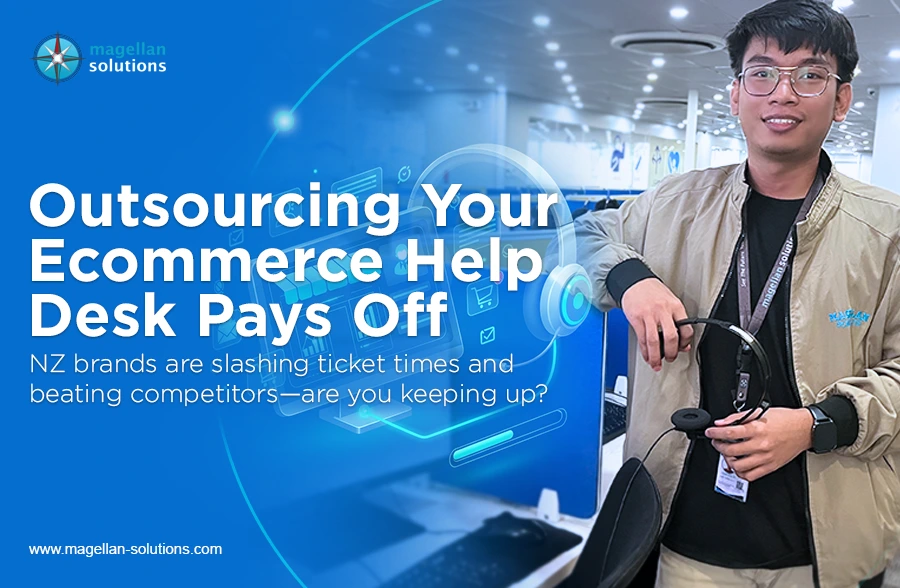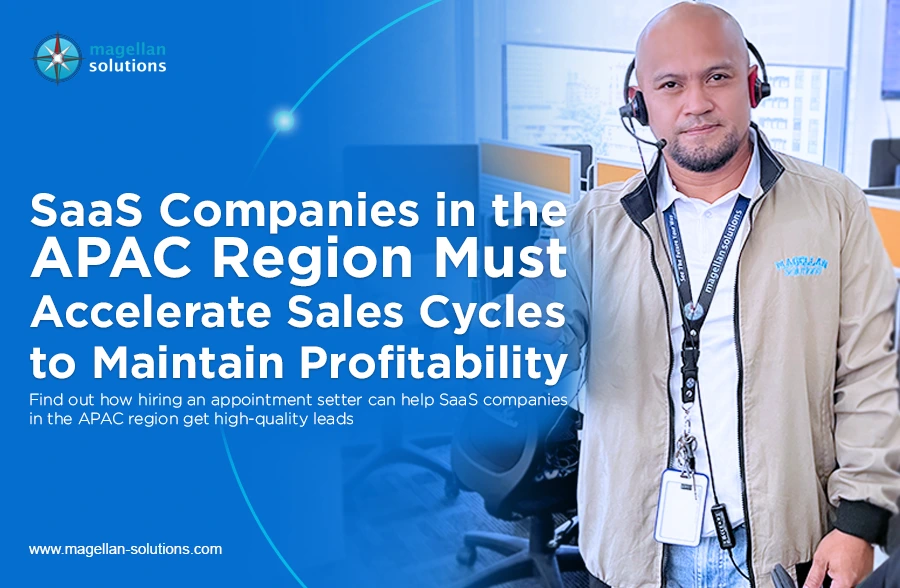Schedule a FREE call with our outsourcing expert now and get a precise quotation that meets your requirements. Don't wait - get started today!
Outsourcing has fundamentally transformed the way businesses manage their operations, offering a strategic approach to optimize processes, reduce expenses, and redirect focus to their core objectives. By delegating tasks such as back office support, live chat services, customer service, and IT management to specialized third-party providers, businesses can access expertise and resources that might otherwise be out of reach.
However, this approach is not without its challenges. Companies must carefully address outsourcing issues and concerns to ensure seamless operations and long-term success. Key challenges such as data security risks, unclear pricing models, misaligned expectations, and unforeseen costs can impact the effectiveness of outsourcing partnerships if not proactively managed.
Understanding these challenges and finding effective solutions is essential for businesses seeking to reap the benefits of outsourcing. This article delves into common outsourcing issues and offers actionable strategies to help businesses establish strong, productive partnerships with outsourcing providers. By navigating these concerns effectively, companies can unlock the full potential of outsourcing to support sustainable growth and operational excellence.
How Outsourcing Helps SMEs Overcome Operational Challenges
Small and medium-sized enterprises (SMEs) often face limited resources, leaving them struggling to meet growing demands. Outsourcing has emerged as a solution to this challenge by enabling SMEs to leverage external expertise for improved efficiency and cost management.
1. Cost Savings
Outsourcing is a cost-effective solution for businesses aiming to reduce operational expenses. Reports show that companies can save on costs by outsourcing tasks such as customer service and IT support. By eliminating the need for additional office space, equipment, and employee benefits, SMEs can focus their budgets on expansion.
- Access to Skilled Talent
Outsourcing companies provide access to a global talent pool with specialized expertise. This is particularly valuable for tasks that require technical skills, such as data analytics, software development, and IT management. SMEs can benefit from this expertise without investing in costly in-house training programs.
3. Flexible Scalability
Businesses often face fluctuating demands, especially during peak seasons. Outsourcing vendors enable companies to scale operations up or down without the long-term commitment of hiring additional staff. This flexibility is a critical advantage for SMEs that aim to remain agile.
4. Focus on Core Competencies
Outsourcing non-core tasks such as administrative work or technical support allows businesses to concentrate on their core objectives. This ensures better strategic focus and improved customer engagement.
Key Outsourcing Issues and Concerns
While outsourcing offers many benefits, businesses must proactively address challenges to avoid operational disruptions and inefficiencies.
1. Data Security and Privacy Risks
One of the most significant concerns in outsourcing is safeguarding sensitive information. Intellectual property, customer data, and internal records are at risk if proper security measures are not in place.
Solutions:
- Implement secure communication channels and restrict data access to authorized personnel.
- Regularly audit vendor systems for vulnerabilities.
2. Unclear Pricing Models
Hidden costs can significantly affect the financial feasibility of outsourcing. Unanticipated fees for overtime, additional services, or administrative tasks may arise due to vague outsourcing contracts.
Solutions:
- Request a comprehensive breakdown of pricing structures before signing agreements.
- Opt for fixed or transparent pricing models to avoid surprise costs.
- Conduct periodic financial reviews to ensure alignment with agreed terms.
3. Communication Barriers
Time zone differences, cultural gaps, and language challenges can disrupt collaboration between businesses and their outsourcing vendors.
Solutions:
- Select vendors with overlapping working hours to facilitate real-time communication.
- Leverage project management tools like Asana or Trello to ensure clarity in task allocation.
- Provide clear and concise guidelines to minimize misunderstandings.
4. Quality Control Challenges
Maintaining consistent quality is a common outsourcing problem. Differences in quality standards between businesses and vendors can lead to dissatisfaction and project delays.
Solutions:
- Establish measurable performance metrics in outsourcing contracts.
- Schedule regular performance evaluations and provide constructive feedback to vendors.
- Conduct training sessions for vendors to align them with your quality expectations.
5. Intellectual Property Risks
Sharing proprietary information with third parties can expose businesses to intellectual property theft or misuse. This risk is particularly high when outsourcing innovative or technical tasks.
Solutions:
- Draft comprehensive non-disclosure agreements (NDAs) that detail intellectual property usage and protections.
- Monitor vendor compliance with IP clauses and take immediate action against breaches.
- Use digital rights management (DRM) tools to safeguard proprietary data.
6. Dependency on External Vendors
Relying too heavily on outsourcing companies can create risks, especially if a vendor fails to deliver or abruptly terminates the contract.
Solutions:
- Diversify outsourcing vendors to avoid over-dependence on a single provider.
- Maintain in-house knowledge and partial capabilities for critical tasks.
- Include exit strategies and contingency plans in outsourcing contracts.
Building Strong Outsourcing Relationships
Establishing a successful outsourcing partnership requires strategic planning and open communication.
1. Vendor Selection
Choose vendors with proven expertise in your industry. Look for client testimonials and case studies to evaluate their track record.
2. Clear Objectives and Expectations
Define project goals, deliverables, and timelines before starting the partnership. Misaligned expectations can lead to delays and additional costs.
3. Effective Collaboration Tools
Using collaboration tools like Slack or Microsoft Teams ensures seamless communication and task tracking. These platforms can help bridge the gap between teams in different locations.
4. Continuous Monitoring
Regularly monitor the vendor’s performance against agreed-upon metrics. Conduct monthly reviews to address issues early and make necessary adjustments.
Magellan Solutions: Your Outsourcing Partner
Overcoming outsourcing issues and concerns begins with selecting a reliable outsourcing company. Magellan Solutions offers customized services tailored to your unique business needs.
Whether you require back office support, live chat services, or specialized solutions, our experienced team ensures seamless integration with your operations. We prioritize transparency, data security, and quality in every project, making us a trusted partner for businesses of all sizes.
Take the Next Step
Boost your operational efficiency and customer satisfaction with Magellan Solutions. Schedule a FREE 60-minute consultation today for actionable insights—no obligations, just expert advice. Let us help you optimize your processes and achieve sustainable growth.















